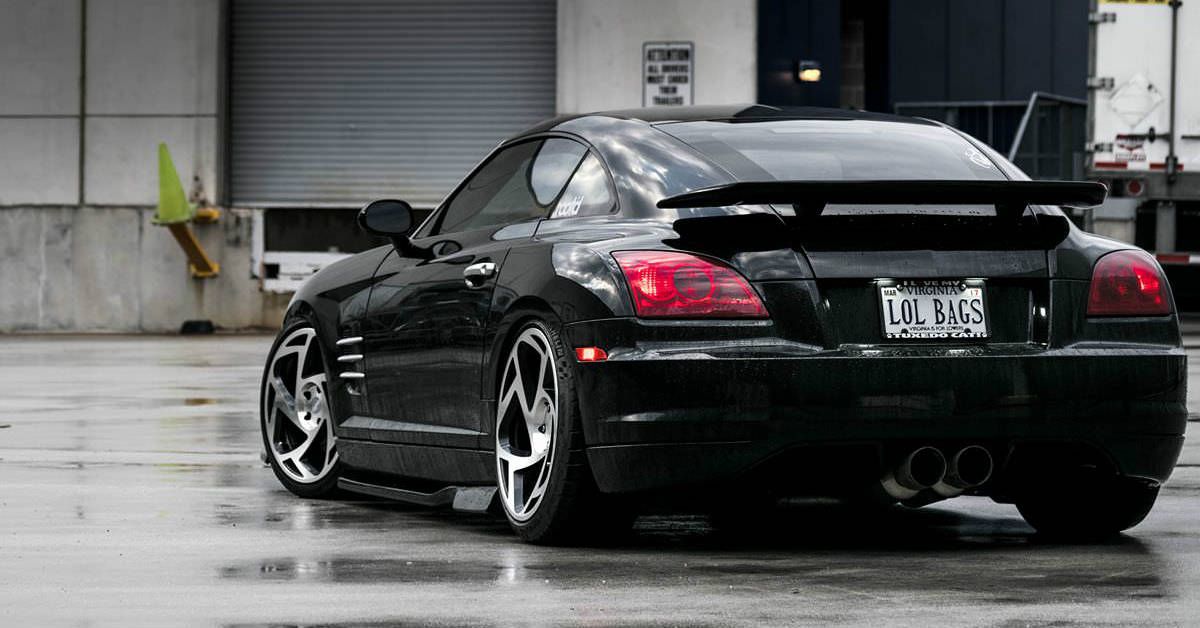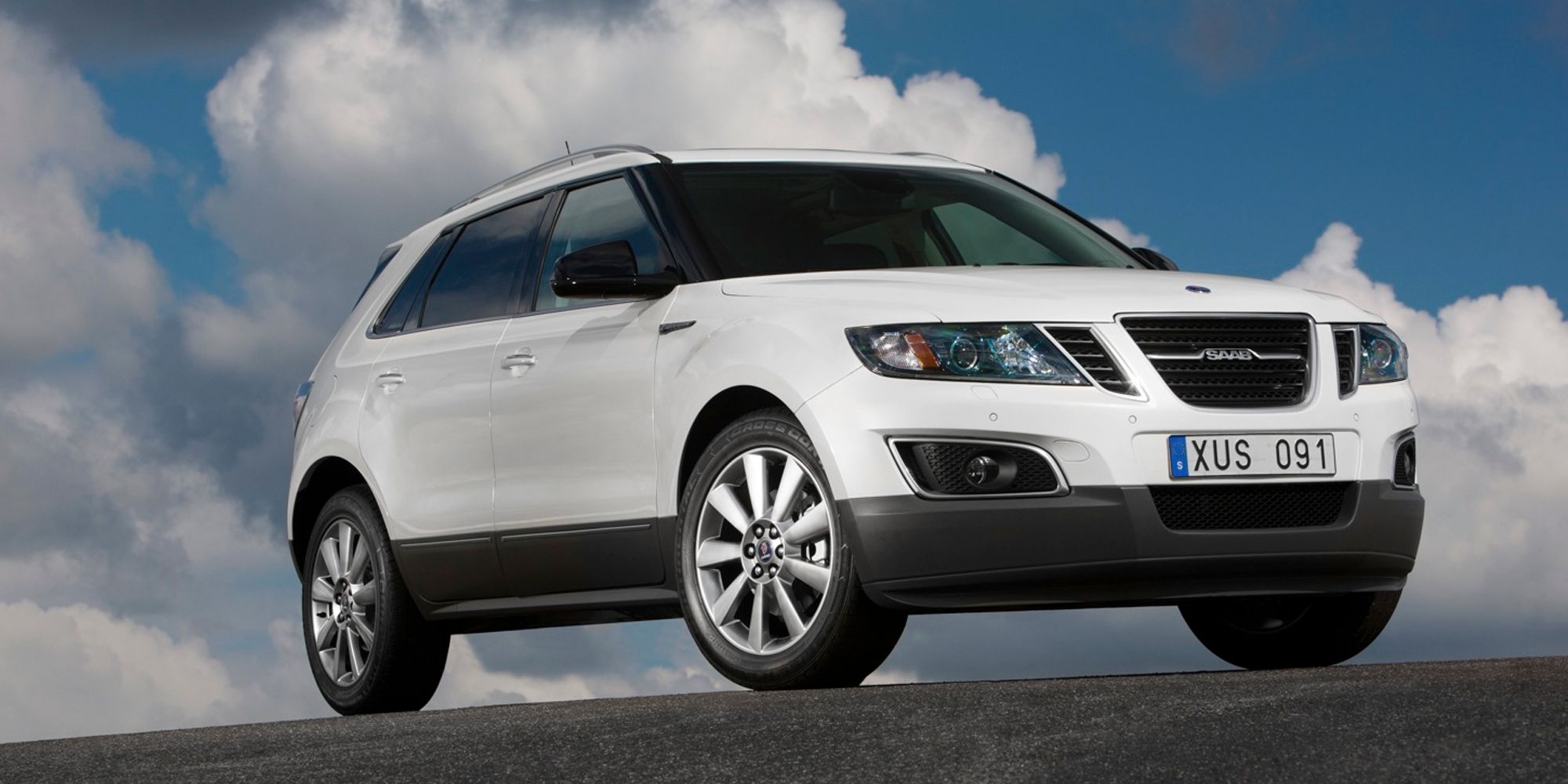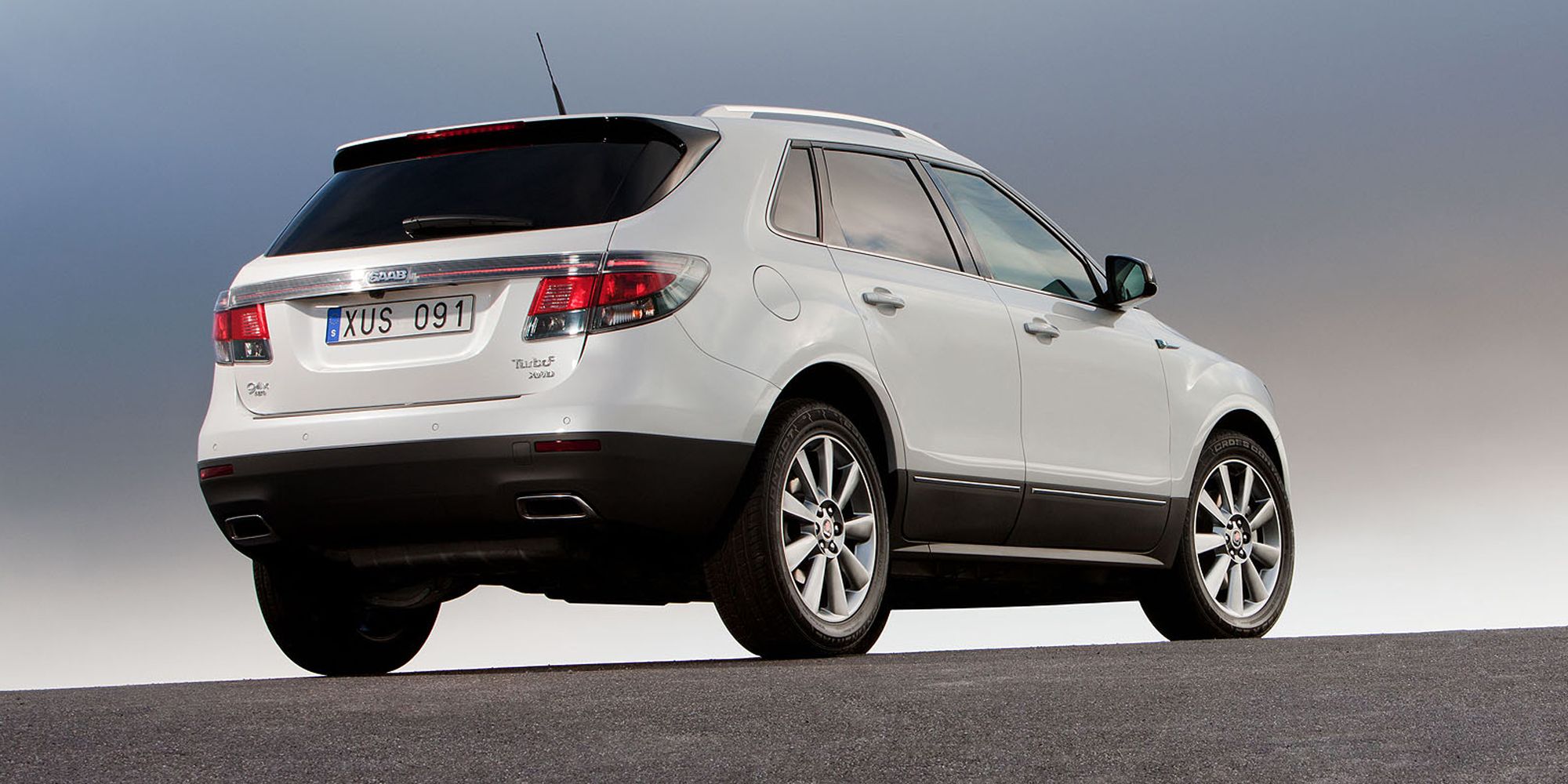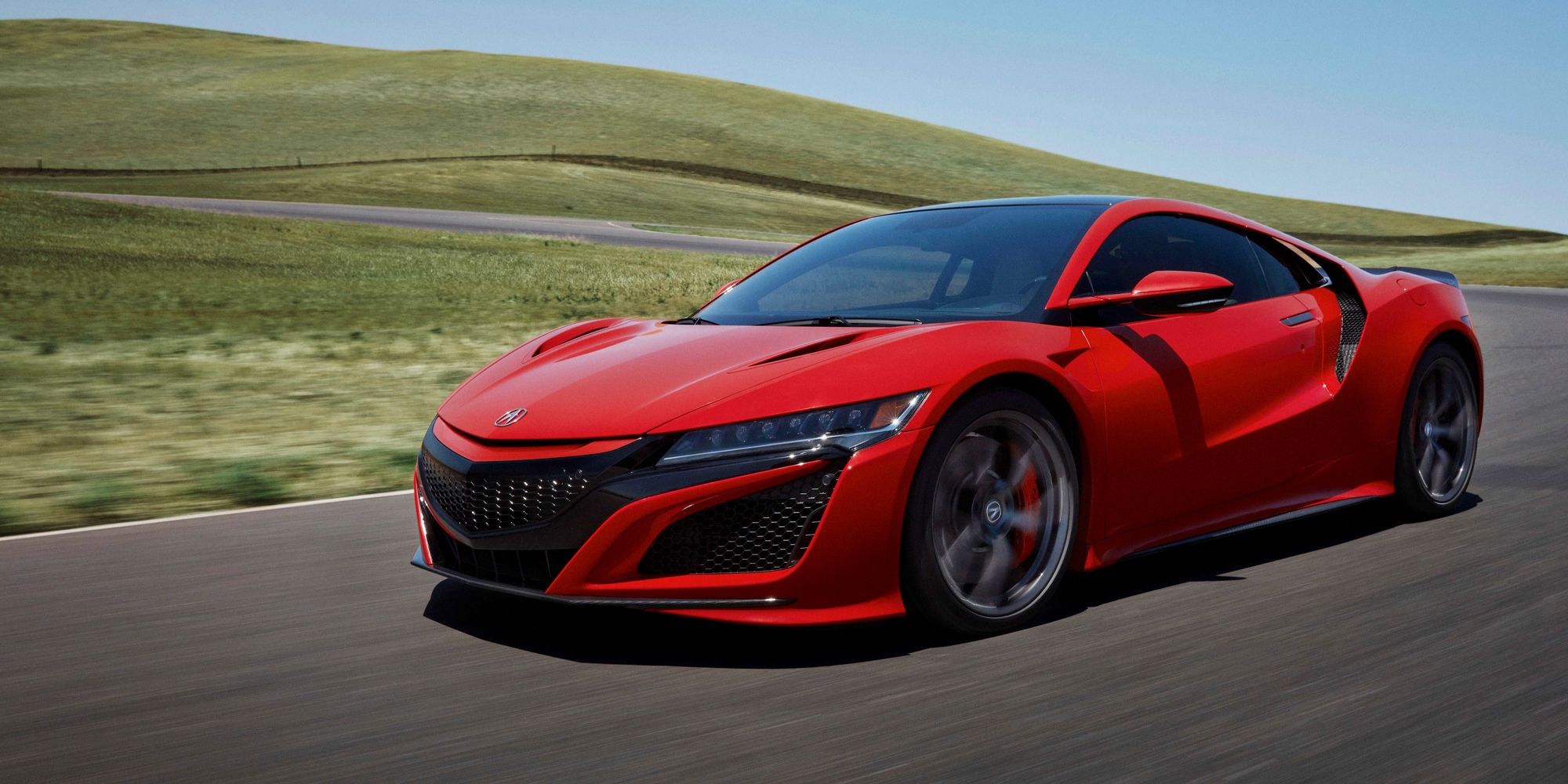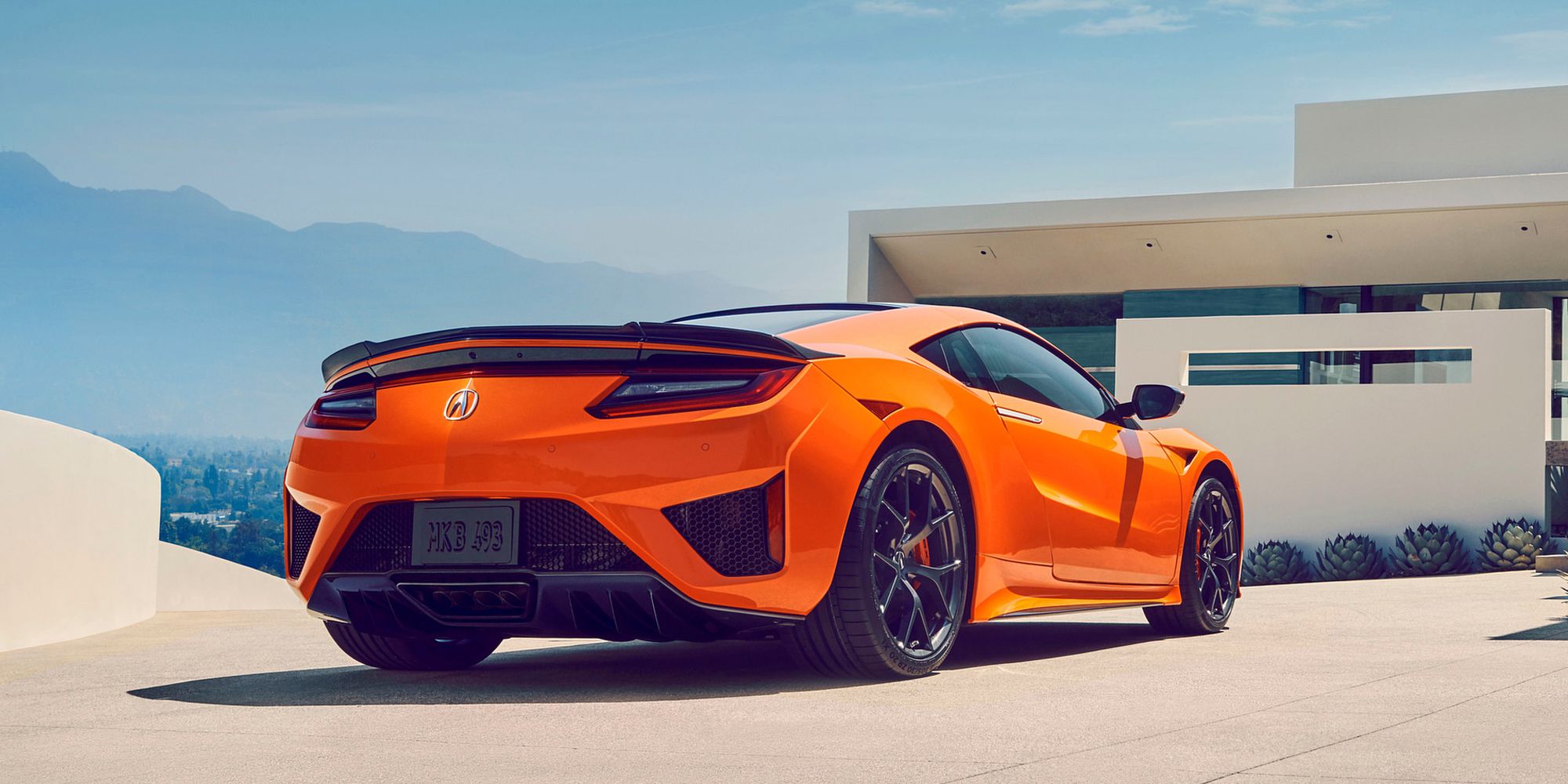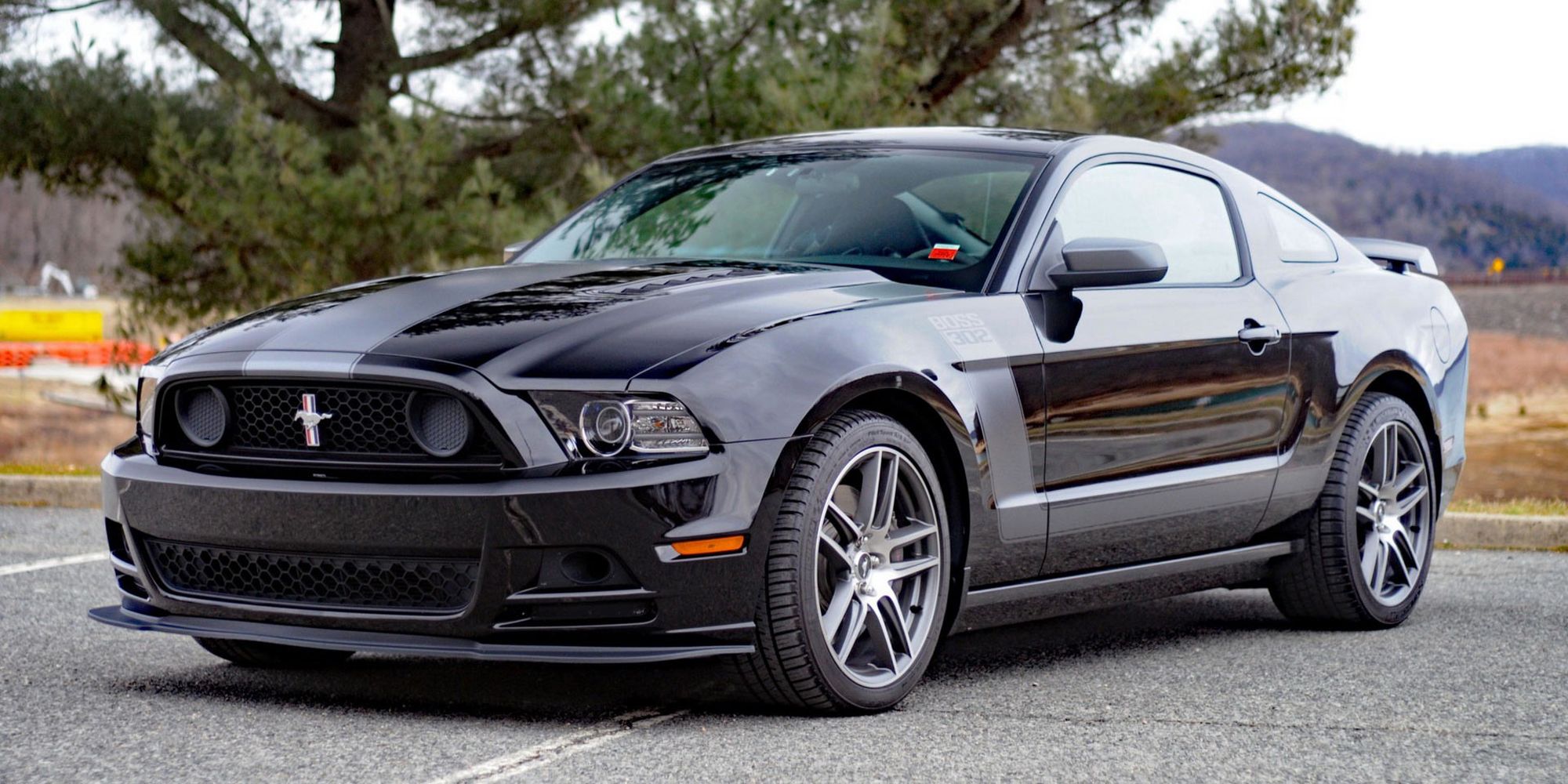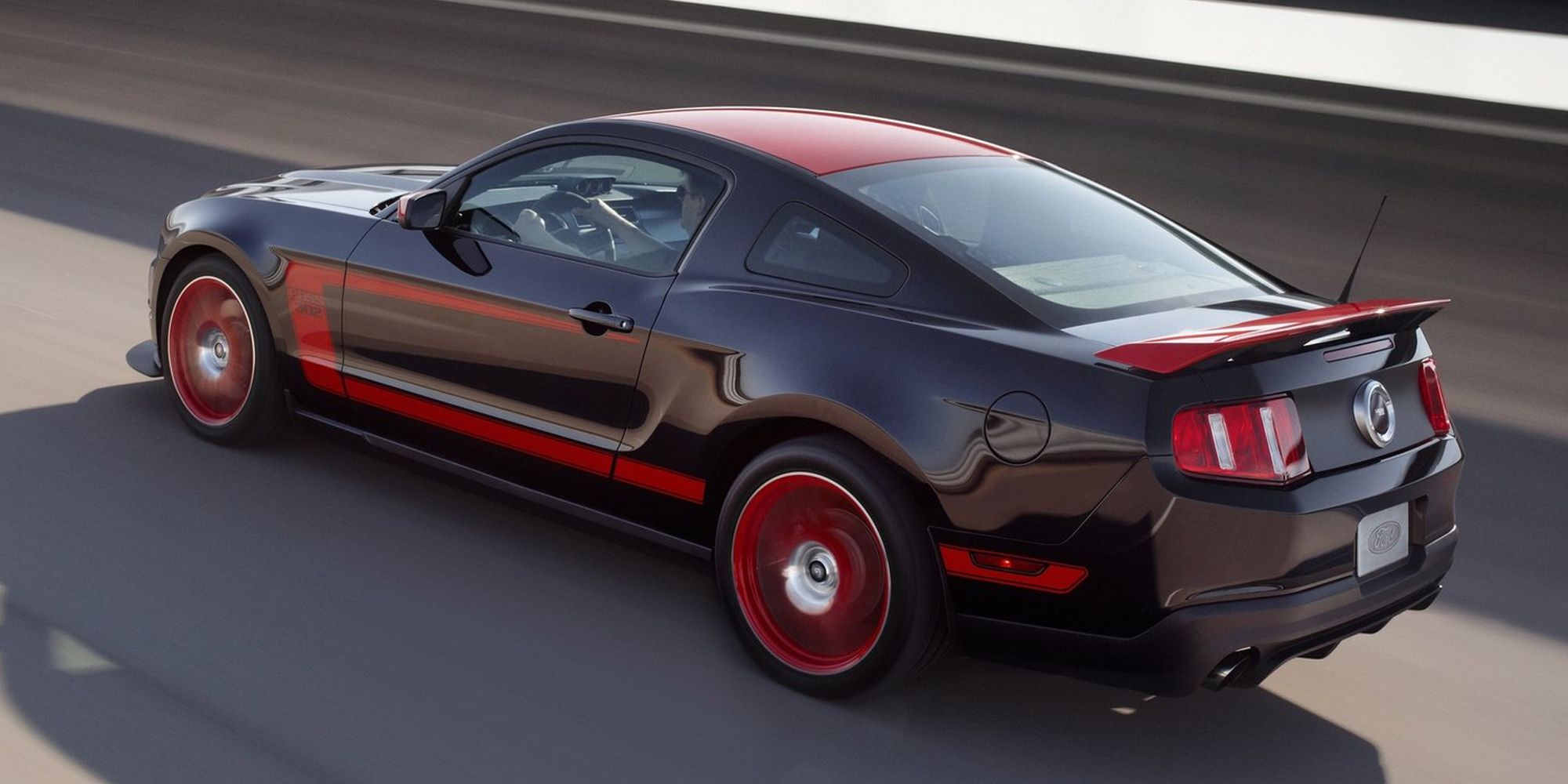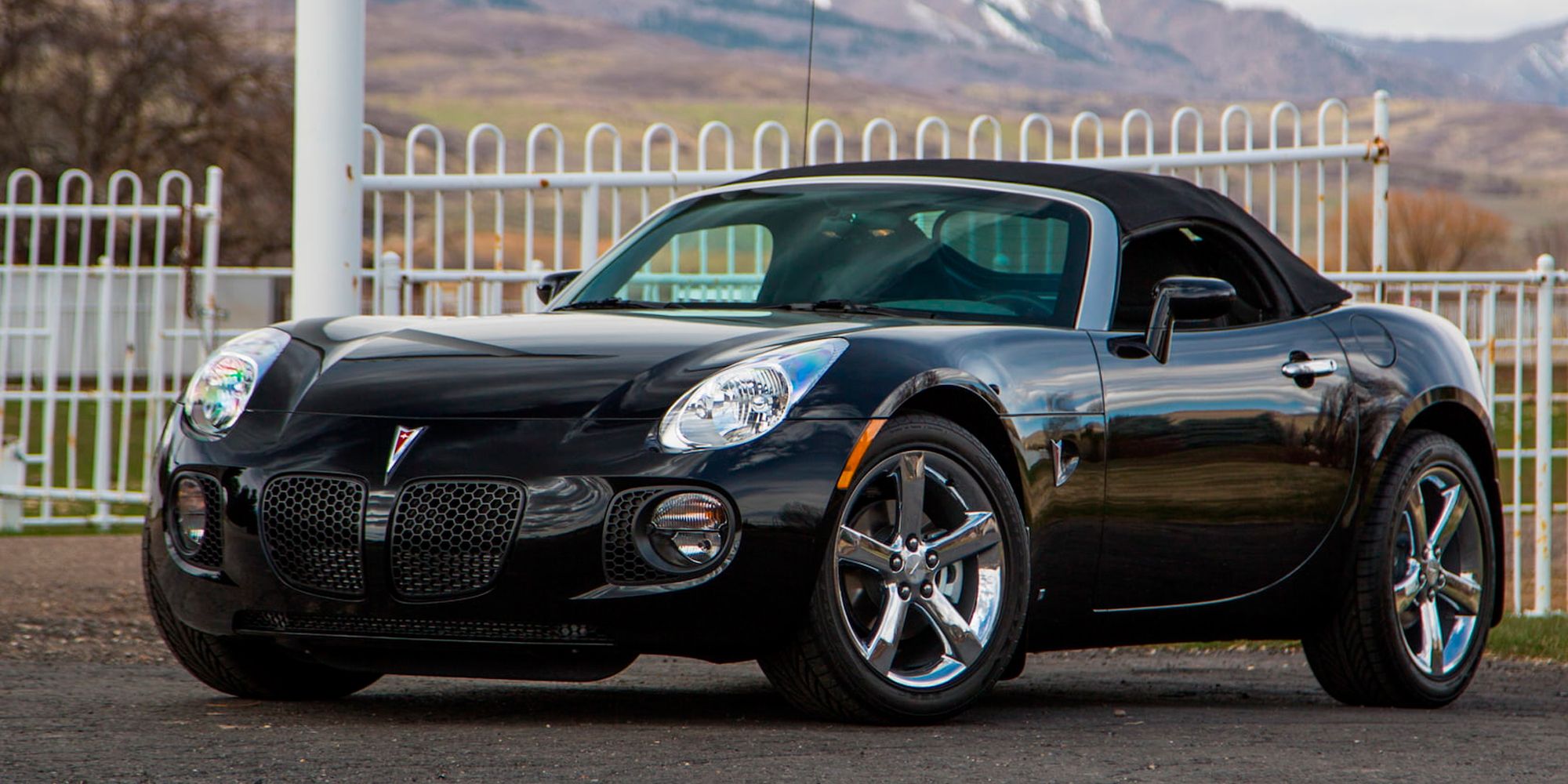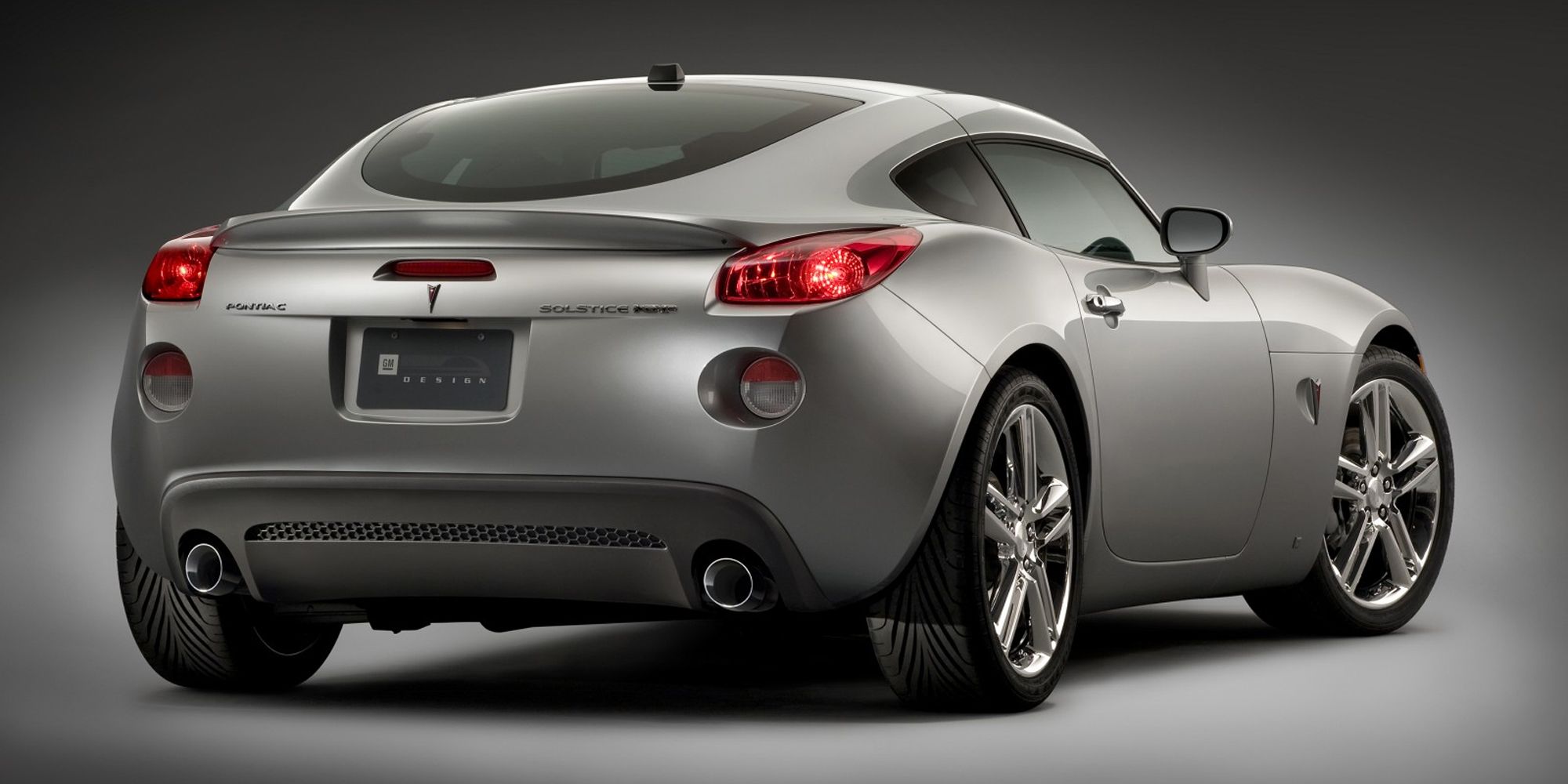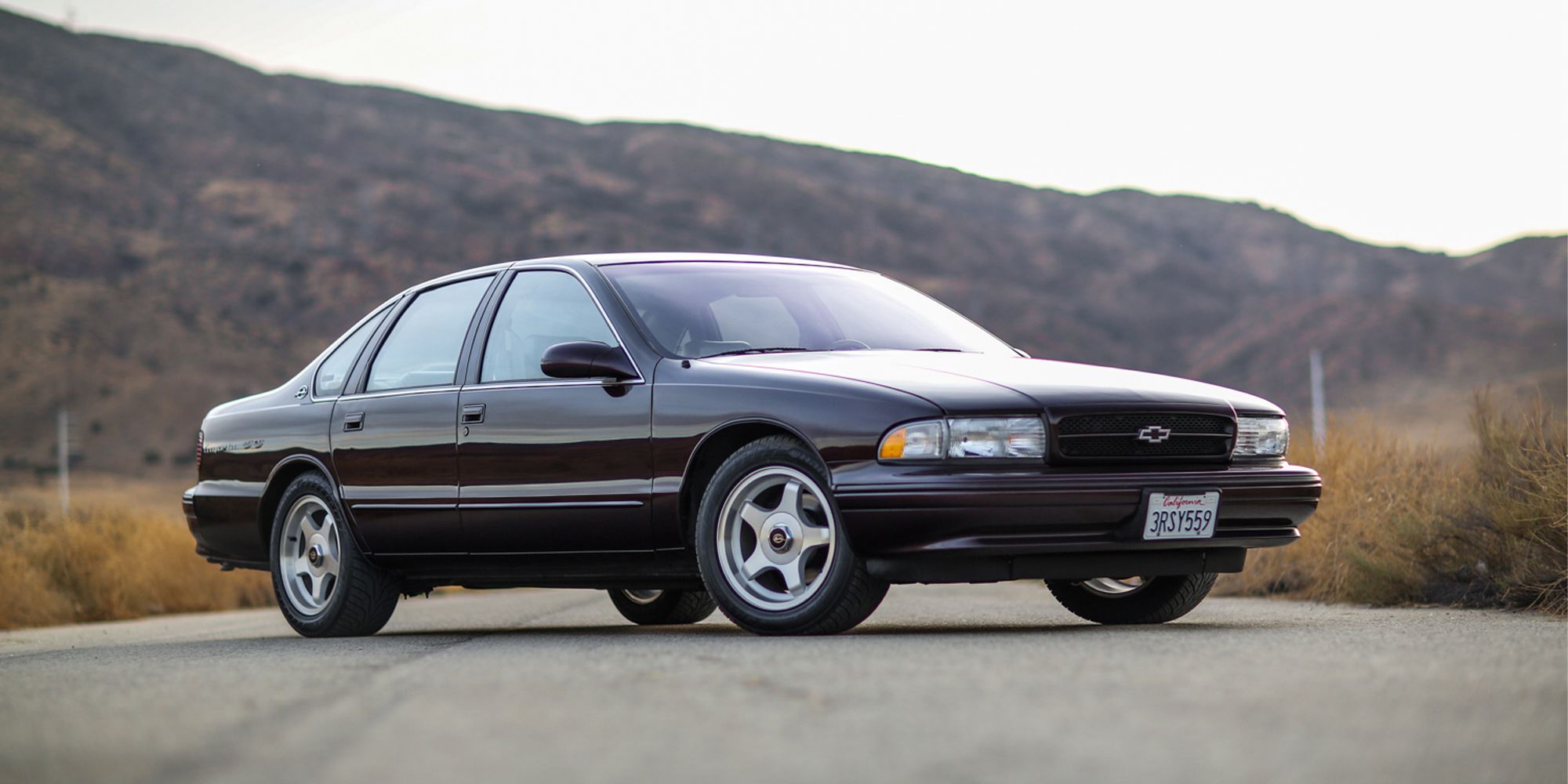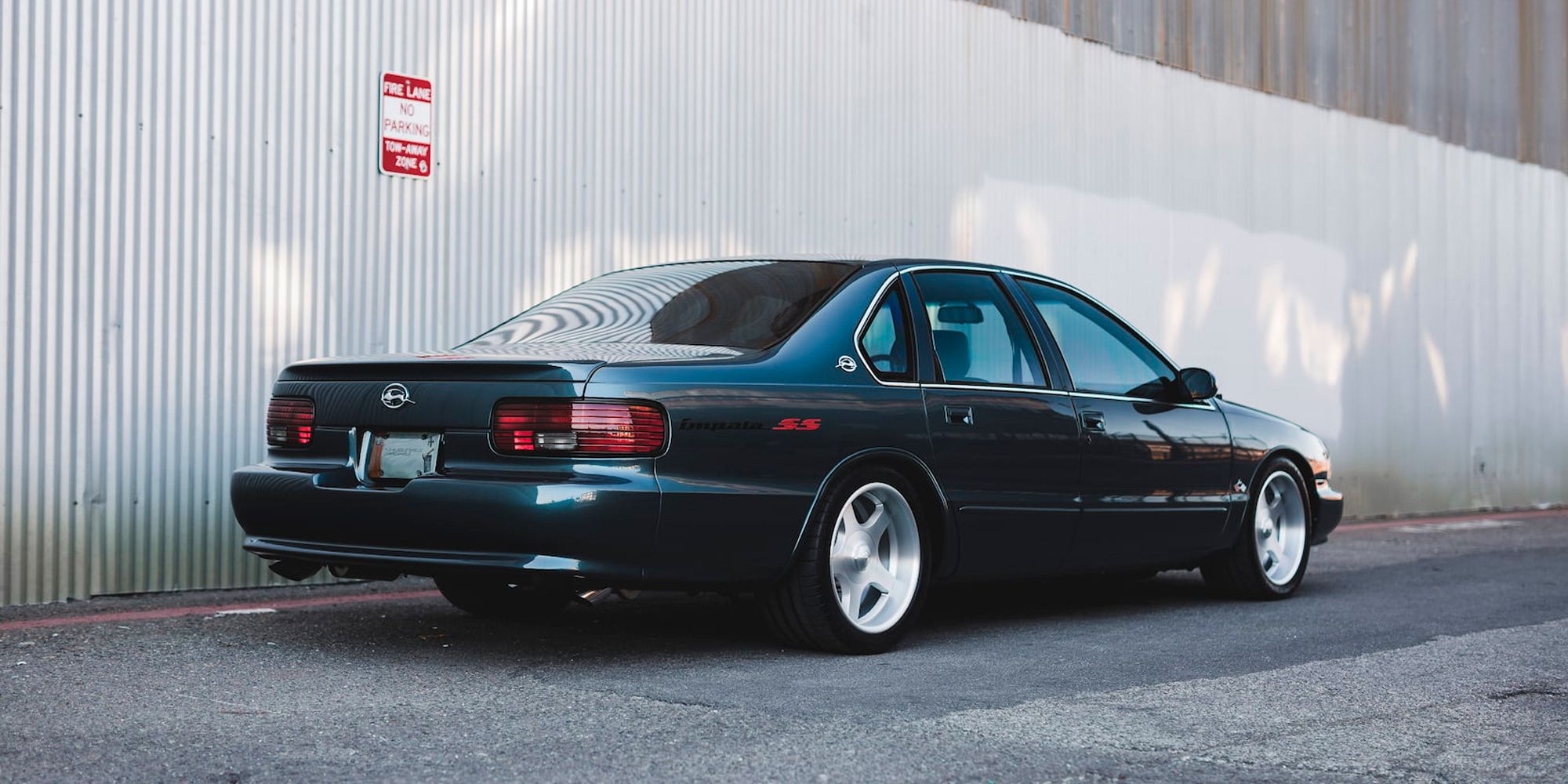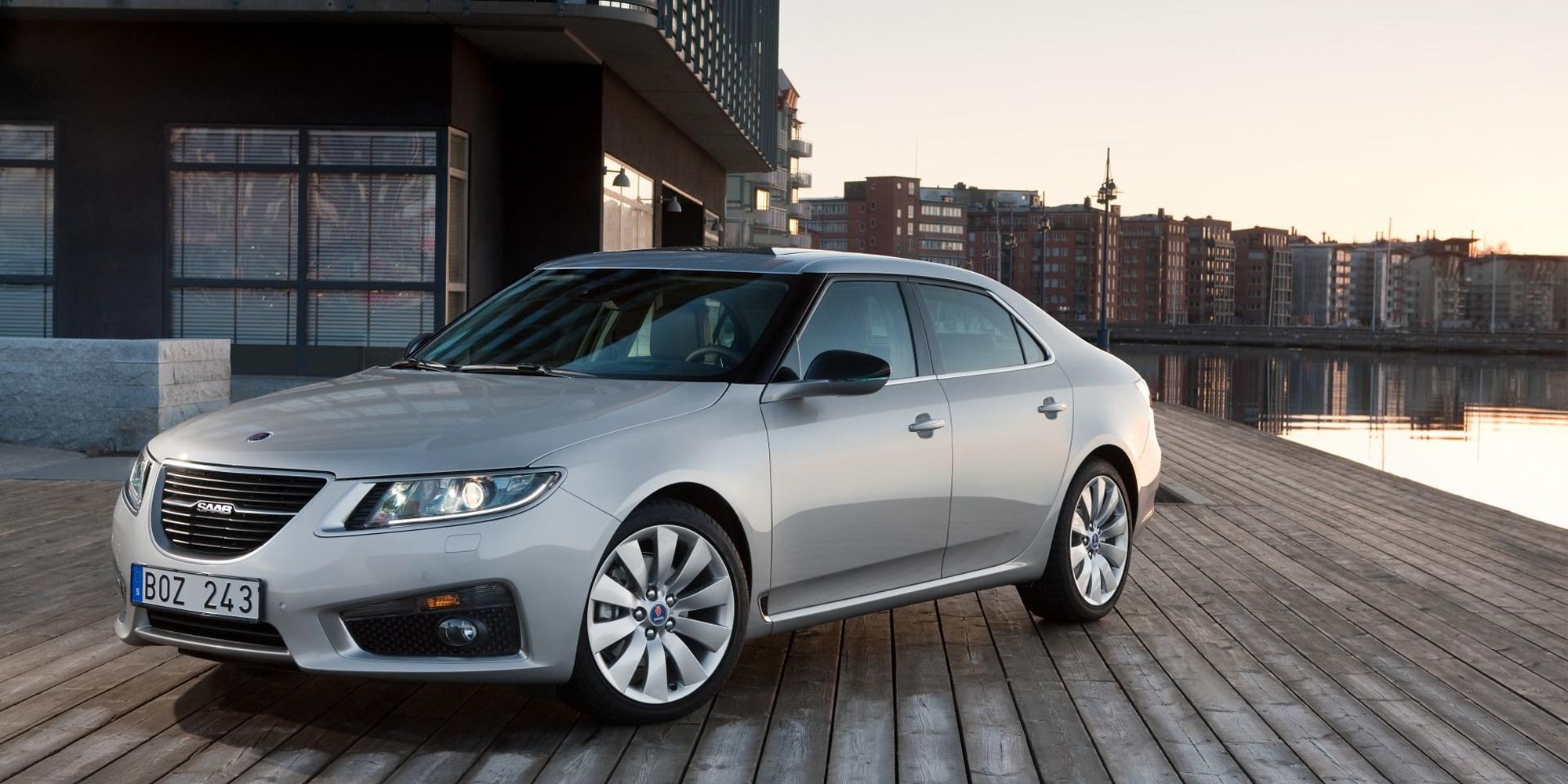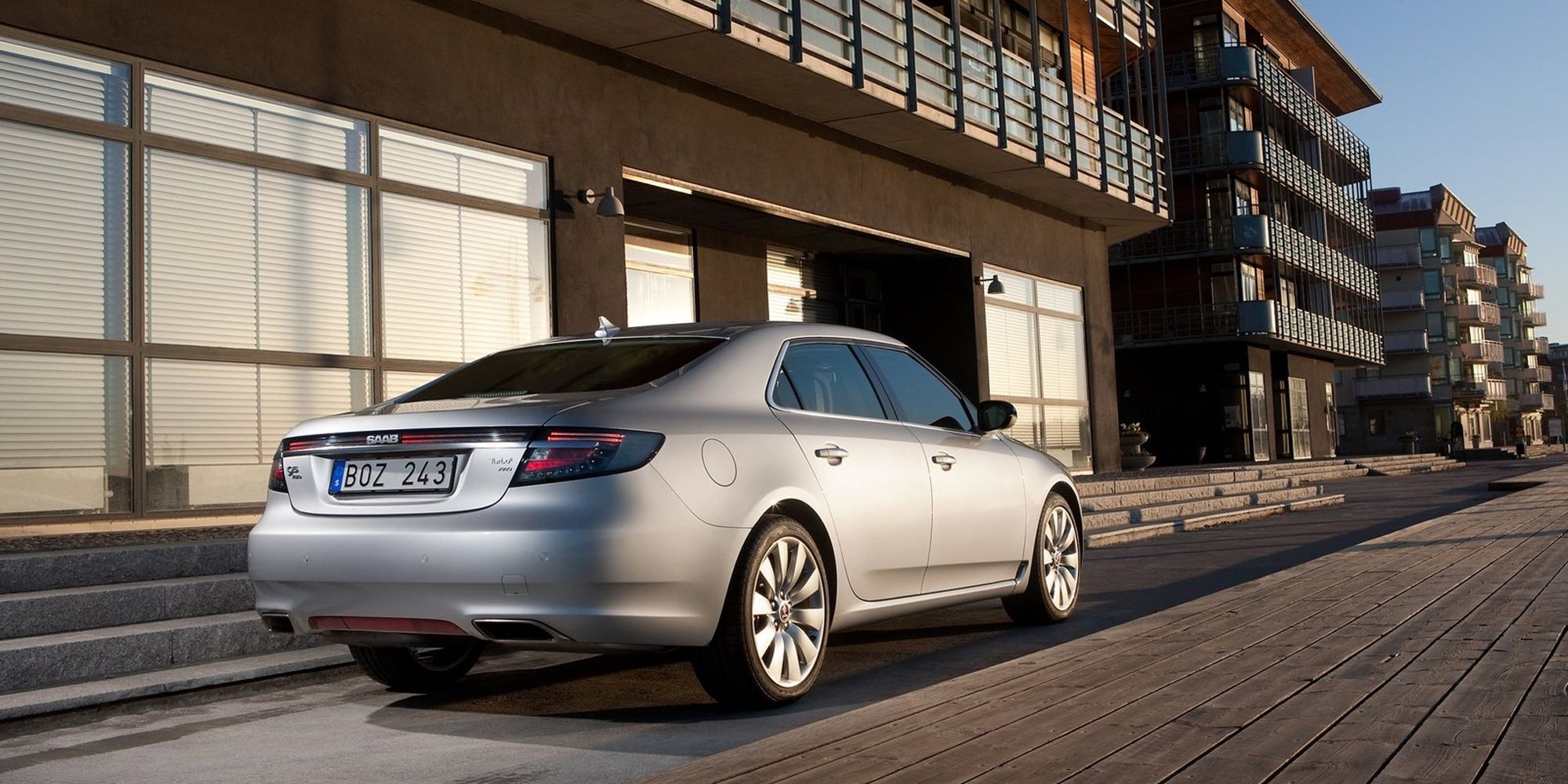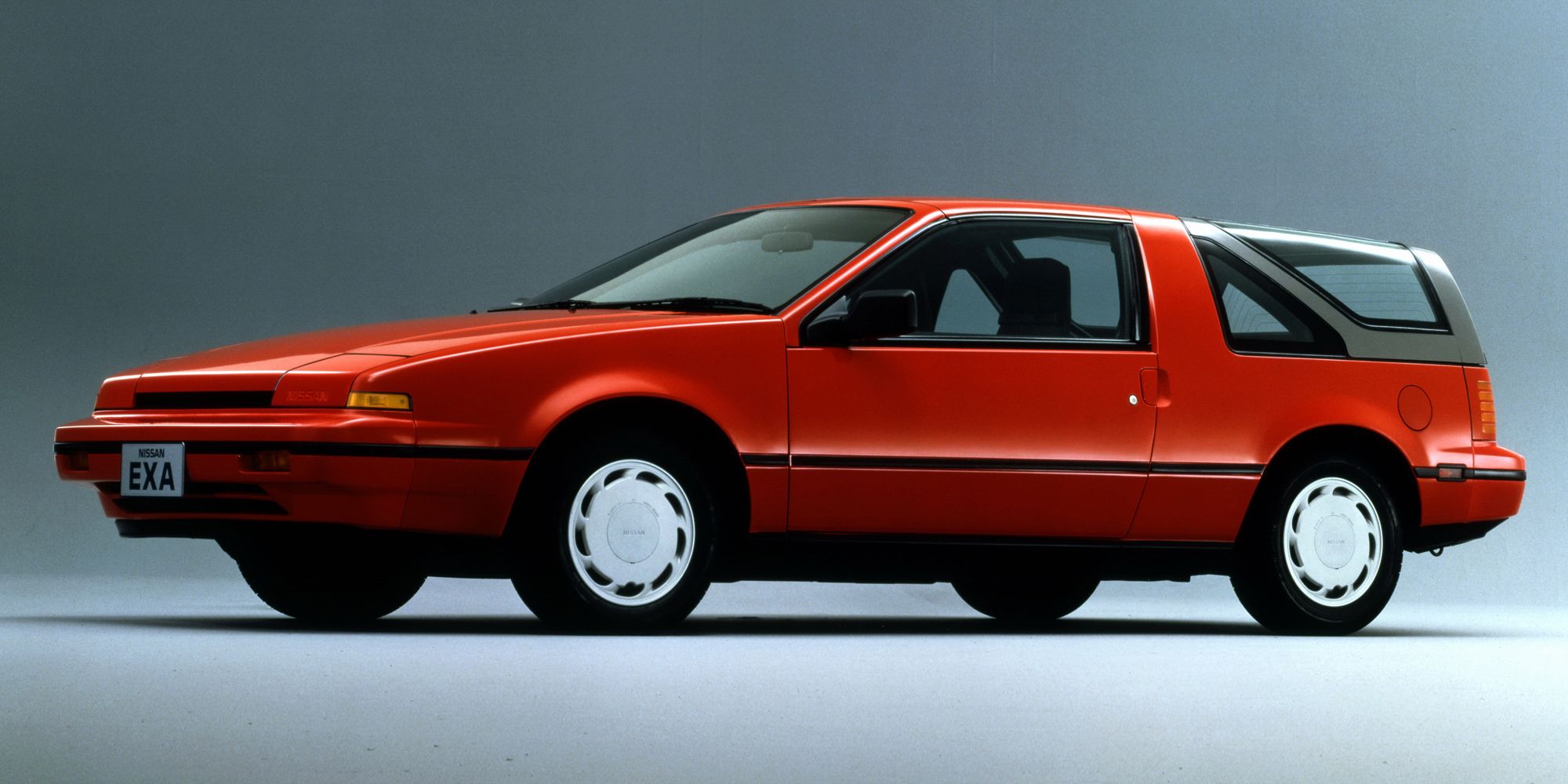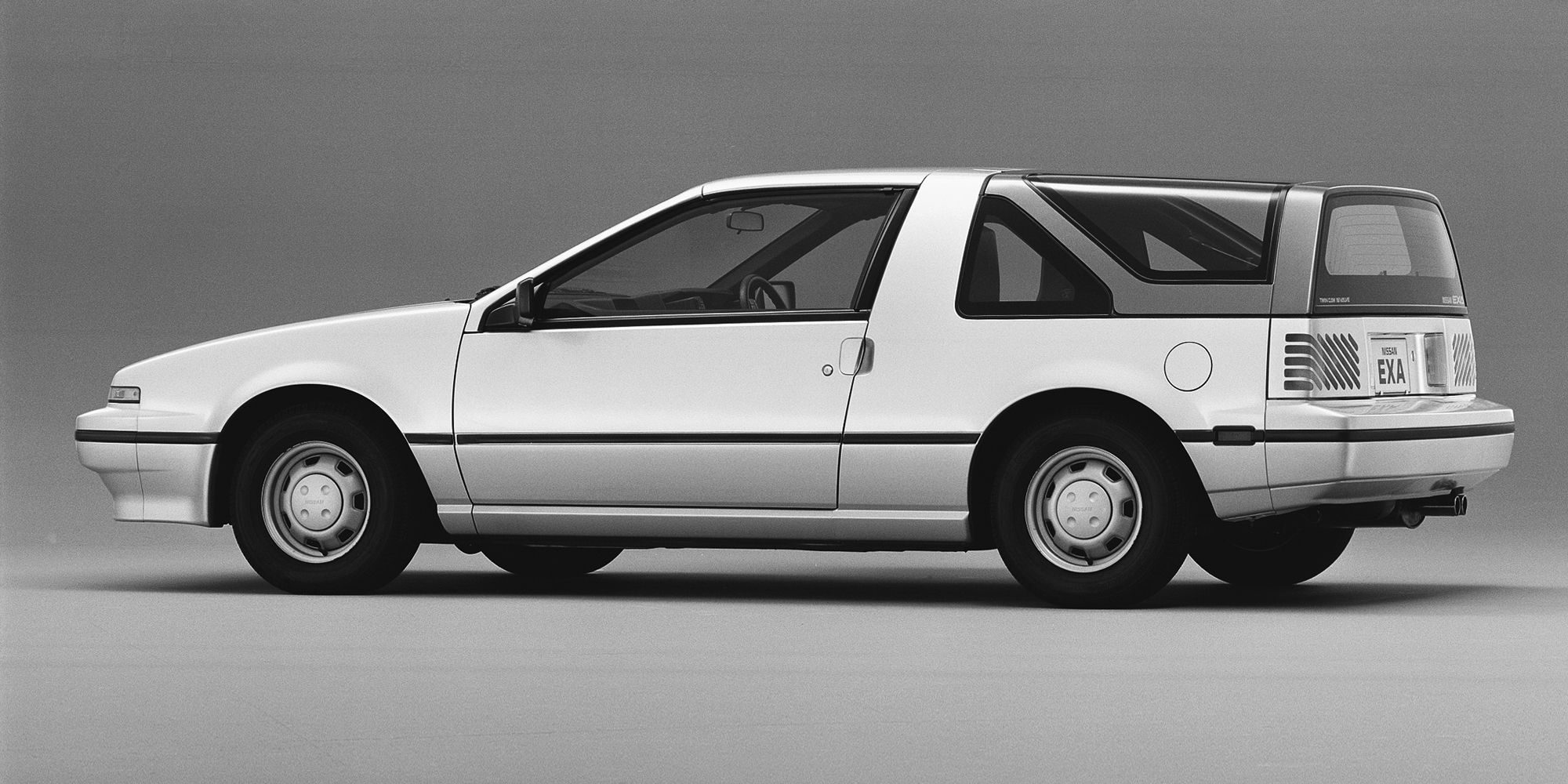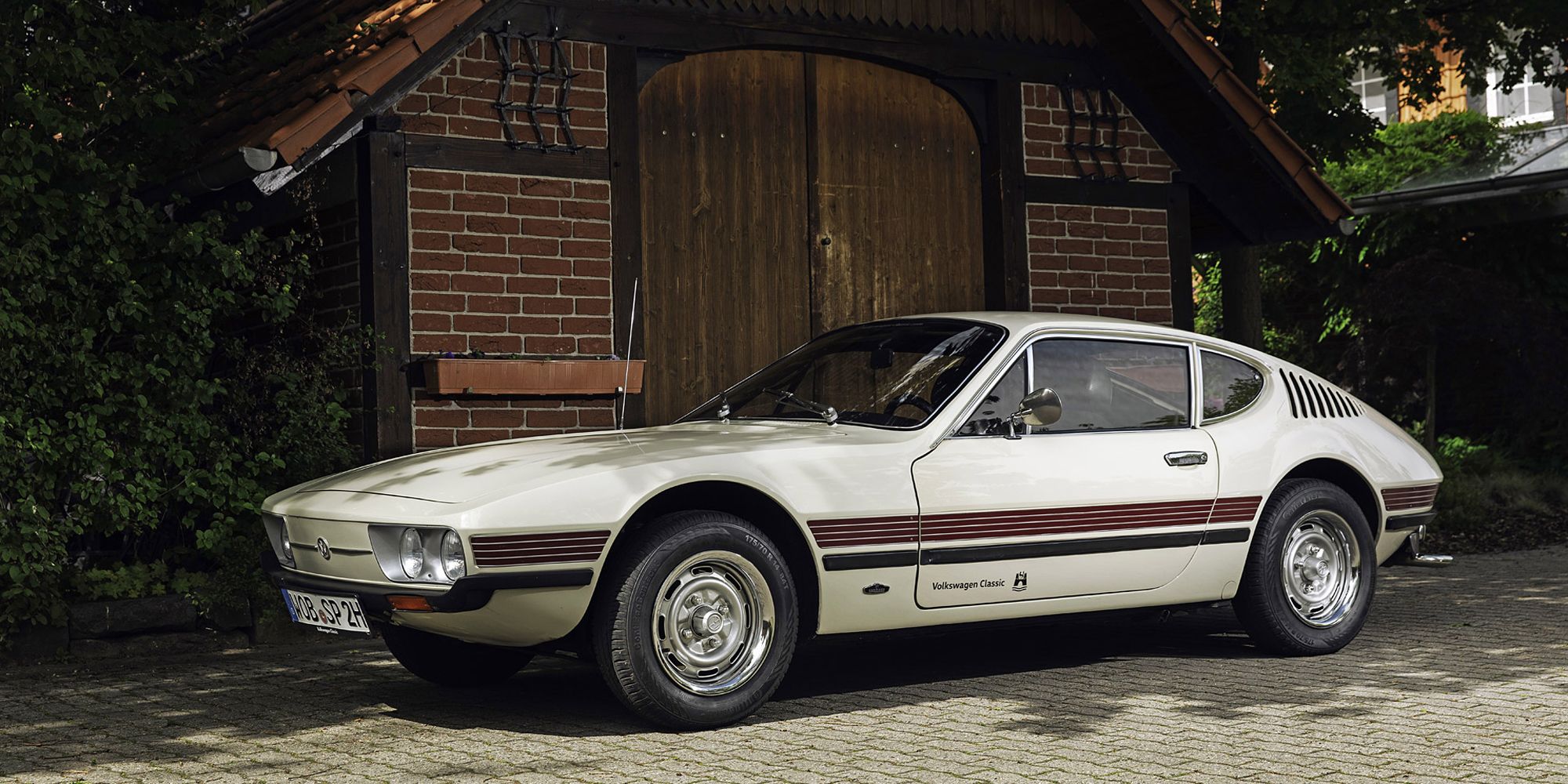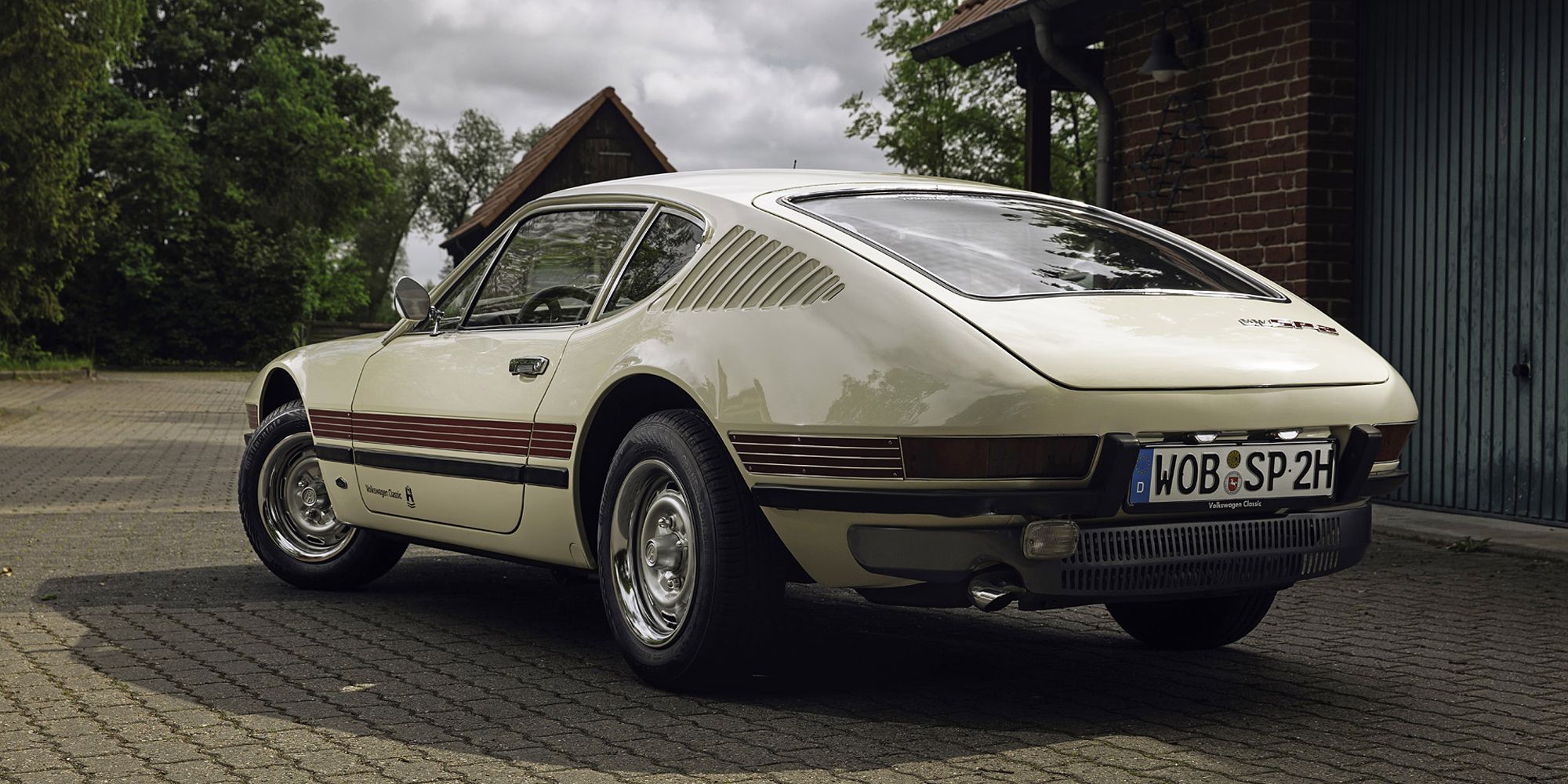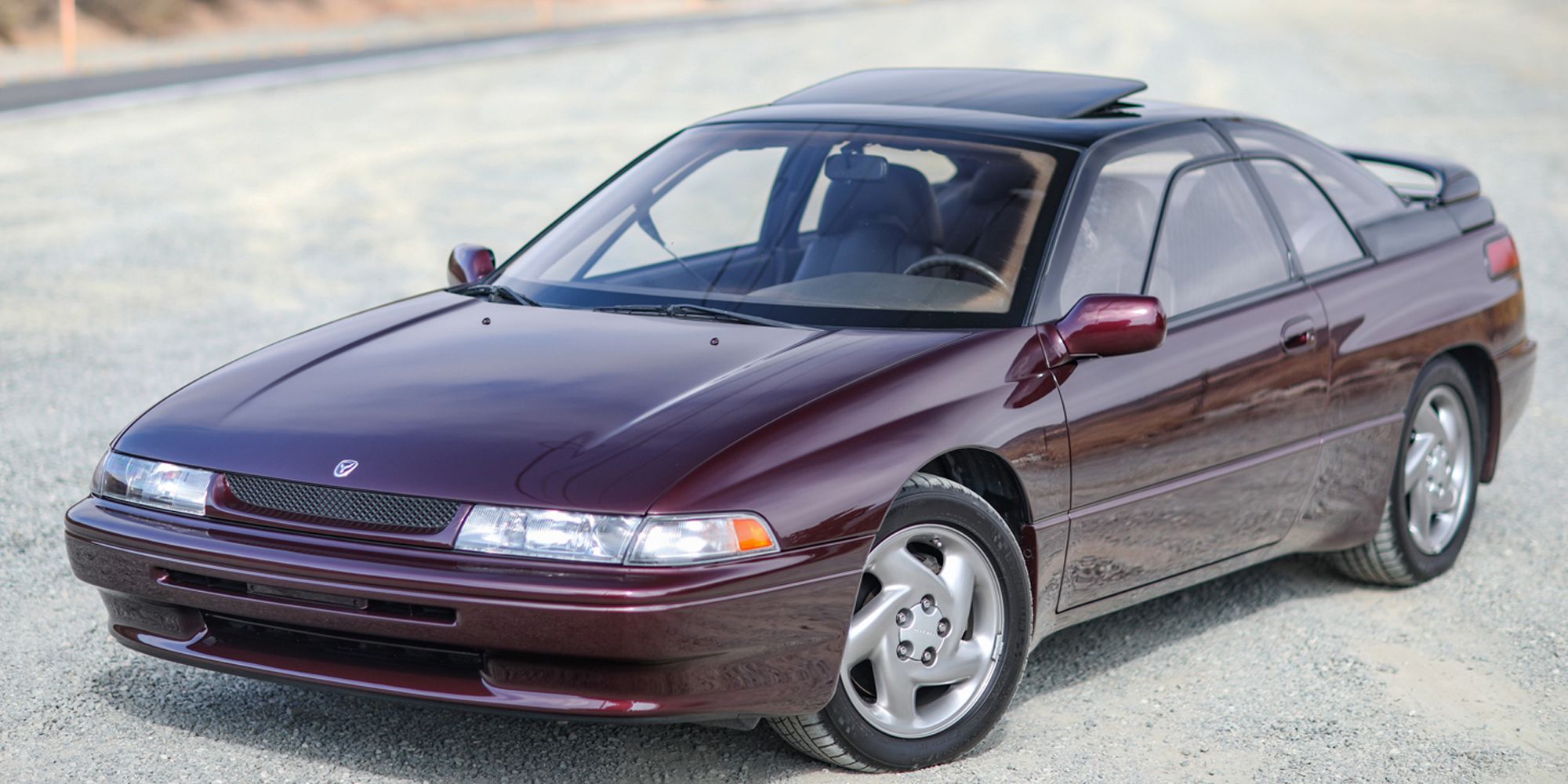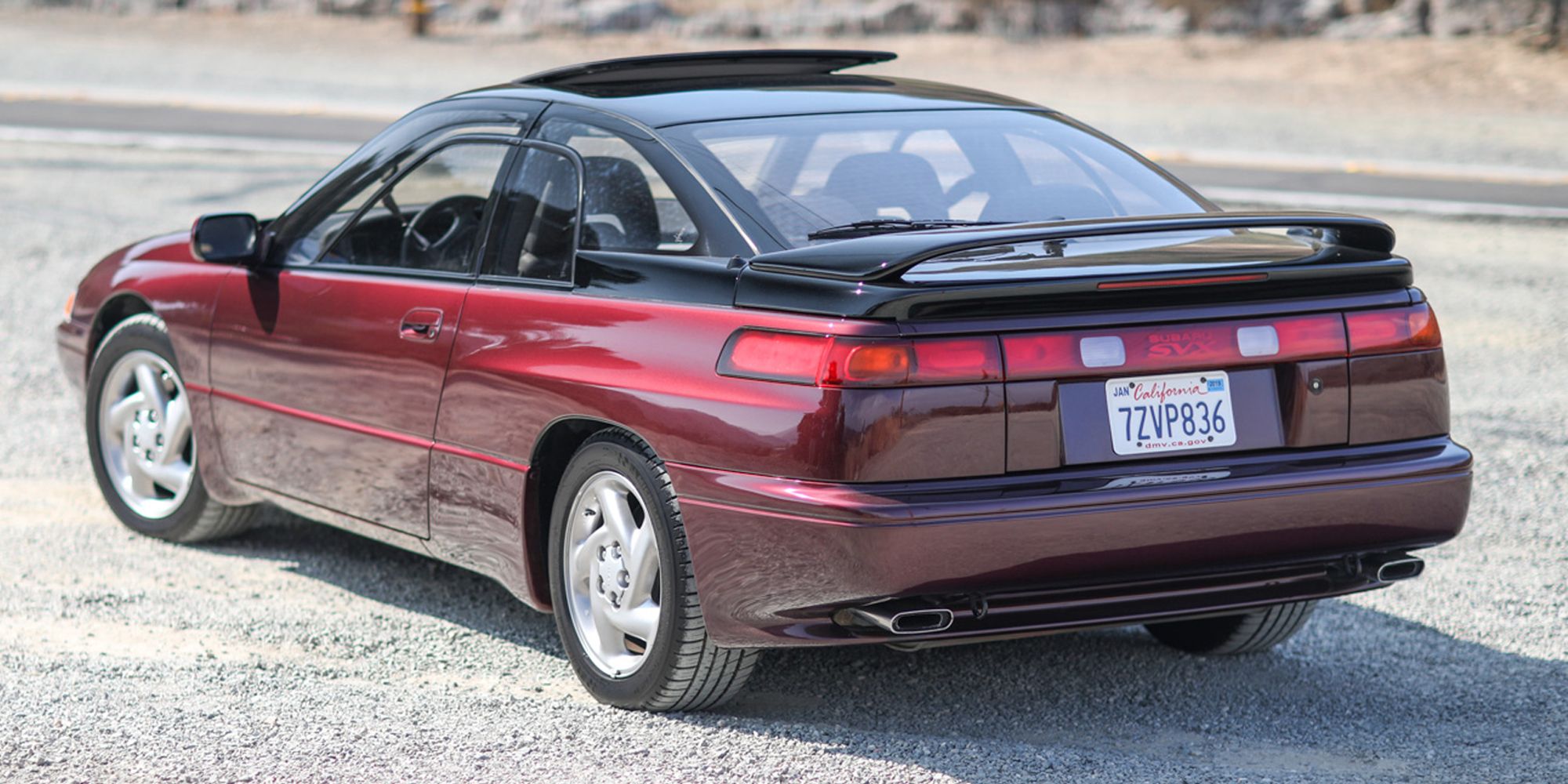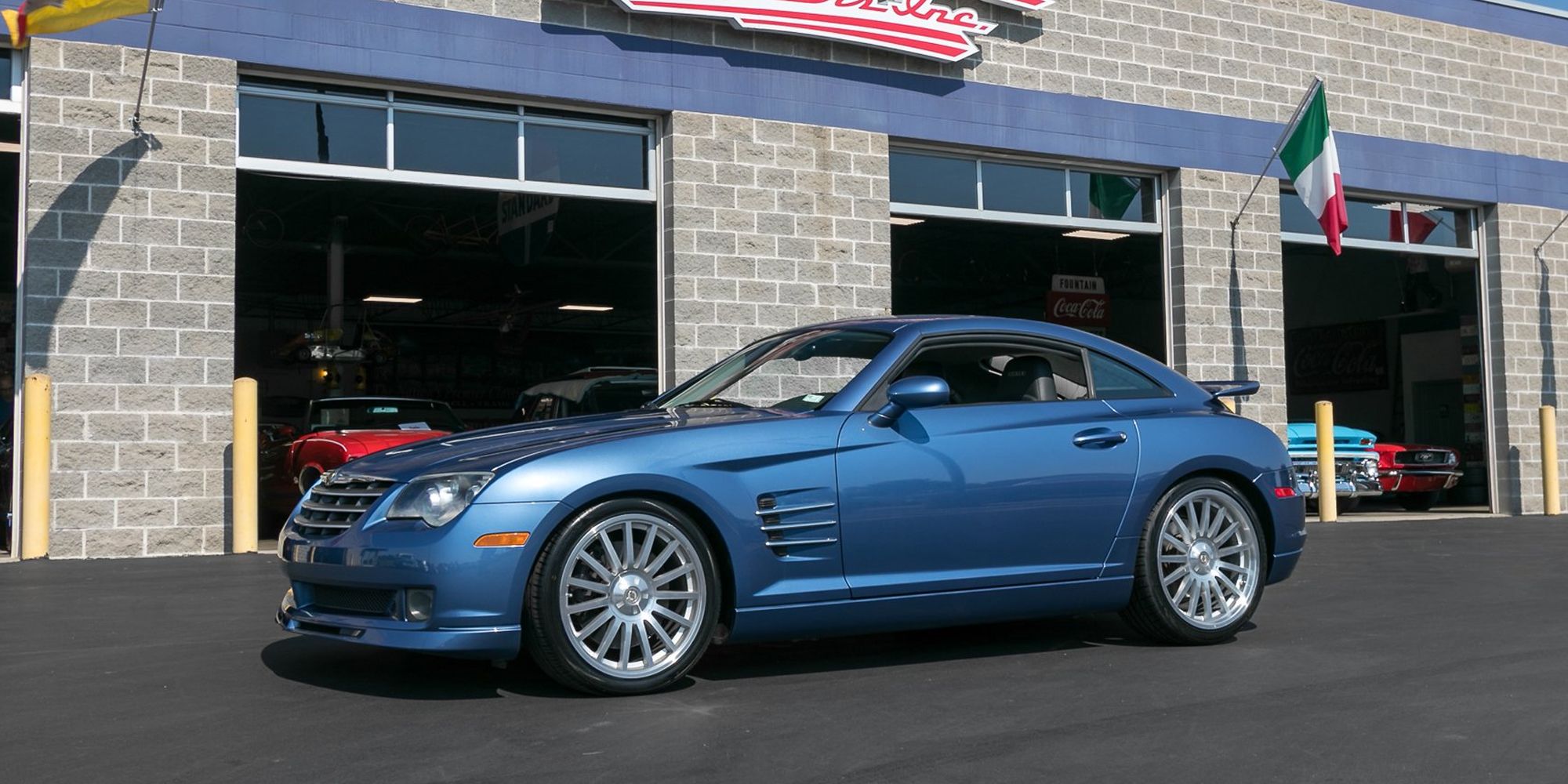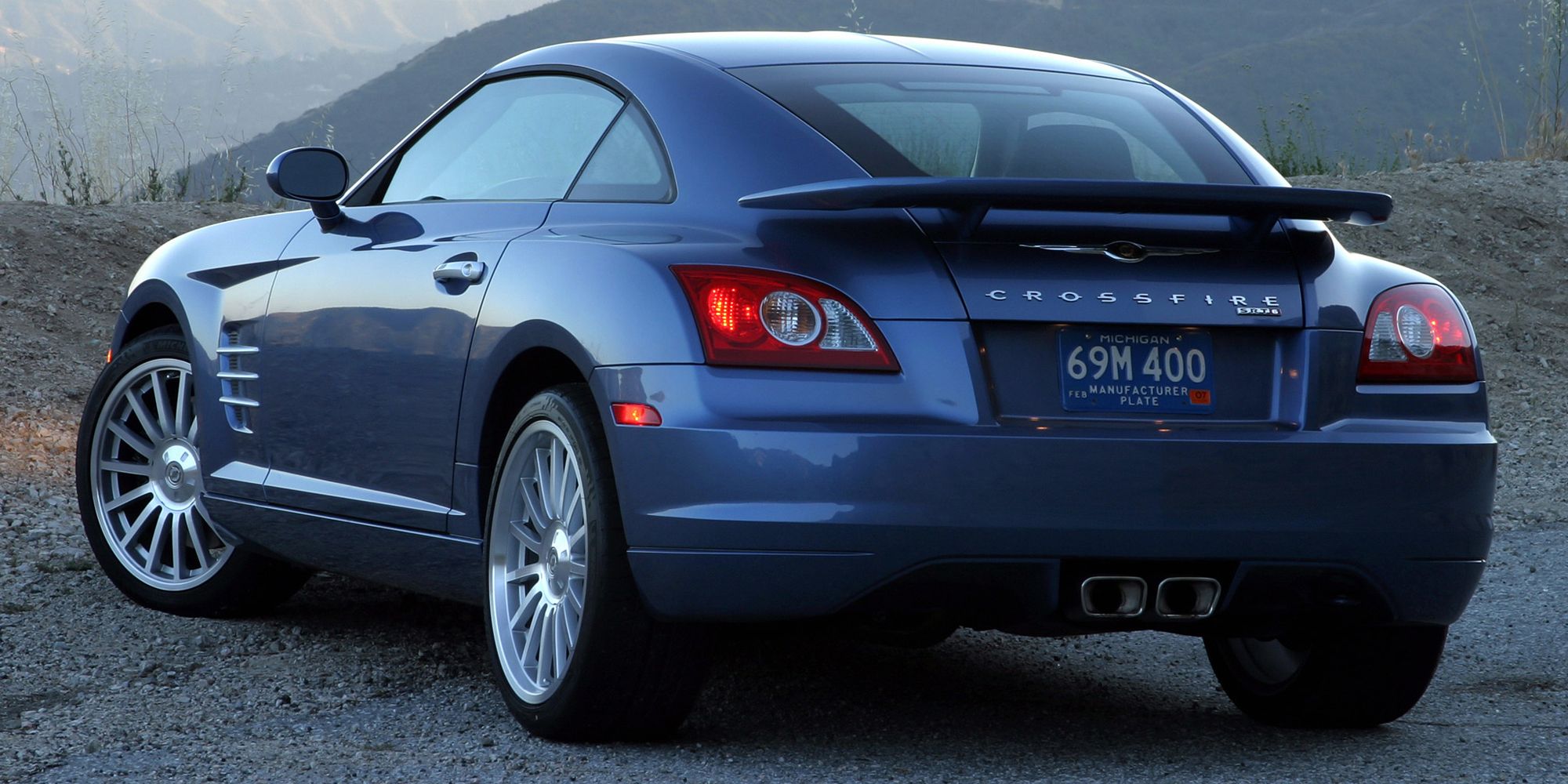There's an unwritten rule that states if a car is rare, it's pretty much guaranteed to go up in value the more it ages. In a lot of cases, rare and special cars have followed this rule to a T, and the values range from the sublime to the ridiculous. Some cars have only managed to gather six-figure prices, while others are worth tens of millions.
However, there are a few exceptions to that rule. No matter how rare or exclusive some cars are throughout history, they simply haven't gone up in value as much as people thought they would. Some of them are actually a lot cheaper than you might think. As a result, they may actually be an interesting used car purchase and an uncommon sight on the roads.
10 Saab 9-4X
The closure of Saab is unanimously agreed to be a sad event in the automotive world. Between the economic collapse and General Motors' hit-or-miss decisions, Saab simply couldn't stand the test of time. Before they went under, the Trollhattan, Sweden-based automaker had two more tricks up their sleeve, one of them being the 9-4X.
Underneath the Saab exterior, the 9-4x shared its platform with the Cadillac SRX crossover, and it was the first and only Saab compact crossover. It was highly rated by journalists and consumers at the time, and it represents a great left-field alternative to humdrum crossovers. Amazingly, only about 800 9-4Xs were produced during its short production run. Even then, they're easy to find for fairly low prices.
9 Acura NSX
After more than a decade of teasing and development, Acura finally brought back the legendary NSX nameplate in 2016 for an all-new supercar. Even though it took a different approach to the engine and drivetrain aspects, the NSX still retained the ethos of the original car; it's a supercar you can use daily.
Even though it's a darn good car, there simply isn't that much interest in it, and there are a few things that Acura got wrong with the new NSX. Everyone is all over the McLarens and Lamborghinis of the world, and the NSX doesn't get many looks at all; some even consider it to be boring. As a result, even though yearly NSX production is very limited, they are still losing value quickly.
8 Ford Mustang Boss 302 Laguna Seca
Ford has a knack for bringing back iconic Mustang trim levels and model names seemingly at random. The S197-II generation Mustang was no exception, as Ford brought back the Boss 302 name for a special model. Then, they turned things up a notch with the Boss 302 Laguna Seca.
Named after one of the most iconic racetracks in the United States, the Laguna Seca added a variety of upgrades. The Recaro seats and LSD came as standard on this trim, better suspension tuning, and a cage instead of rear seats. The result of all those upgrades? The Laguna Seca is widely agreed to be the best handling Mustang of this generation, and one that a lot of people want to buy.
7 Pontiac Solstice GXP
Ever since the Miata took the automotive world by storm in the '90s, many automakers tried their best to replicate the driving experience of the best-selling roadster to show Mazda that Miata wasn't always the answer. Pontiac actually came close to proving that point with the Solstice GXP.
The Solstice was engineered with the same formula as the Miata. A two-door, two-seat roadster with a long hood, short tail, RWD, and a focus on handling. Except, the Solstice was way more powerful than just about any Miata, and the GXP with its Cobalt SS-sourced four-banger was even more powerful still. It was also great fun to drive, and even nice examples are still relatively affordable.
6 Chevrolet Impala SS
The Impala was one of Chevy's premiere models back in the '50s and '60s. Sadly, by the 1980s, the name was gone to make room for cars that appealed to a post-gas crisis world. But then, beginning in 1994, Chevrolet brought back the Impala SS nameplate for only three short model years.
The important thing is that they simply brought the name back, and they didn't bring an entirely new Impala to the market. The '94-'96 Impala SS was based on the Caprice sedan, a hit among fleet sales. Even though they shared the same basic exterior design, the Impala SS used the LT1 V8, displacing 5.7 liters and sending 260 hp to the rear wheels through a 4-speed automatic transmission, shifted through a bespoke floor-mounted selector.
5 Saab 9-5
Like the 9-4x, the 9-5 was also among the last Saab models produced before the company shut down back in 2010. Though it got off to a decent start, Saab tanked very shortly after, leading to tiny sales figures for the 9-5.
Even though the platform was shared with the Opel Insignia/Buick Regal, the 9-5 was sufficiently different from those two, in the most Saab way possible. From the aqua-tinted lights to the overall design, interior, and wheel designs, it was unquestionably a product of Trollhattan. It's just a shame it sold so poorly, and the awesome wagon version never came to fruition as a result.
4 Nissan EXA Canopy
Back in the 1980s, if you wanted a compact car bearing a Nissan badge, the Pulsar was your best bet. Some people wanted a Nissan Pulsar that was also a convertible with T-tops, a coupe, and a shooting brake all in one—or so Nissan thought, because they built the EXA Canopy.
The EXA Canopy used the Pulsar platform of the time, but it also featured configurable body panels. A section of the rear hatch was removable, and the roof was also removable in a T-top arrangement. Mixing and matching these components essentially resulted in five cars in one. Very, very few people warmed up to this idea, and the EXA Canopy didn't sell that much.
3 Volkswagen SP2
When it comes to the air-cooled era of Volkswagen, the Karmann Ghia, Bus, Beetle and Variant (Squareback) seem to be the ones everyone knows and recognizes. But they're not the only cool air-cooled VWs to come out of the last century. There's also the SP2.
The SP2 was designed as a workaround to the import restrictions that were in place in Brazil in the '70s. It was Volkswagen do Brasil's response to the affordable sports car craze. "Sports car" is a very loose term in this case, as the SP2 barely mustered up 75 hp from its 1.7-liter flat-4 pinched from the Squareback. It looked great on the outside, they are all now legal to import, they're cheap, and you'll turn heads everywhere you go.
2 Subaru SVX
The '90s JDM scene was dominated by the likes of the Mazda RX-7, the Mitsubishi 3000GT, the Nissan 300ZX, and others. Not to be outdone, Subaru decided to join in on the two-door sports car action, but they took an entirely different approach.
Instead of making an all-out, handling focused sports car that would work great on the track, Subaru went for a two-door grand touring coupe with bizarre, otherworldly styling. In just about every way, the SVX was inferior to its contemporaries; it was slower, came as standard with FWD, it was automatic only, and the driving was set up more for comfort than handling. Needless to say, it flopped.
1 Chrysler Crossfire SRT-6
One of the main criticisms leveled at the Chrysler Crossfire was the fact that it shared its architecture with the Mercedes-Benz SLK. That, and the controversial exterior design of the coupe. Still, that didn't stop Chrysler's SRT team from fiddling with it, resulting in the Crossfire SRT-6.
The SRT6 squeezed 330 hp from a supercharged 3.2-liter V6, obviously sourced from Mercedes-Benz. In addition to a variety of exterior upgrades, the Crossfire SRT-6 also brought various changes to the drivetrain to improve the handling. Although it was a marginal step up from the regular Crossfire, it ultimately didn't do all that well.

